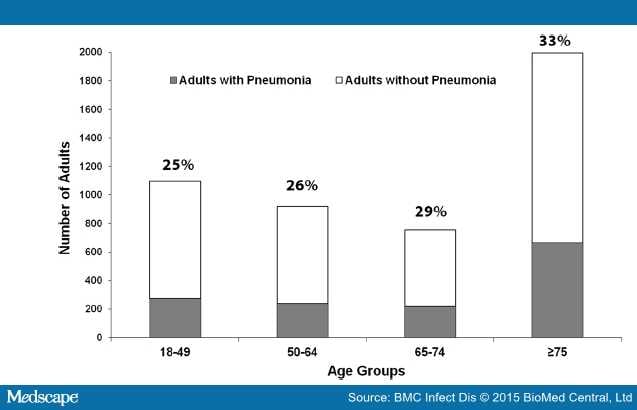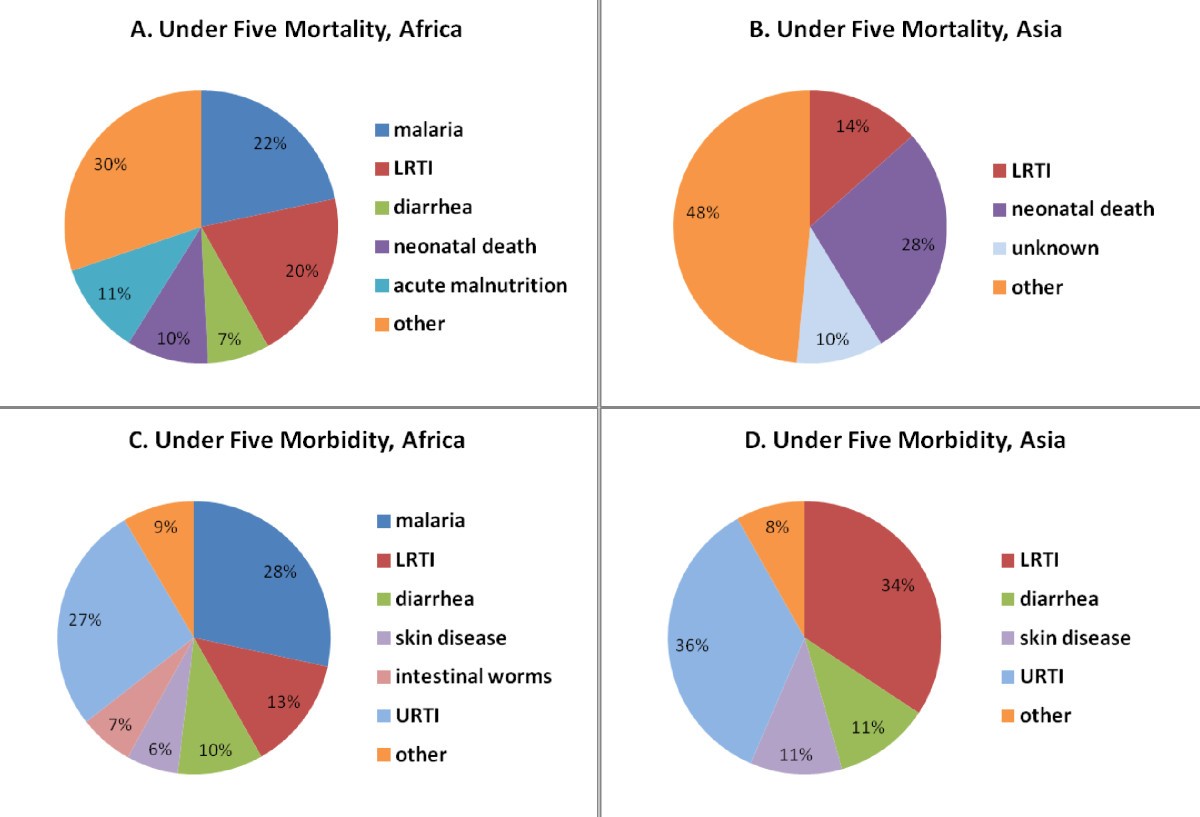
Soon after being started on prednisone at 1 mg/kg PO, CPAP was stopped, and oxygen support was switched to low-flow nasal cannula. He then underwent a CT scan, which revealed a pattern compatible with OP ( Fig. Throughout the following 10 days (on illness day 21), his P/F ratio on arterial blood gas trended upwards from 85 to 230 despite sustaining dyspnea, fever, leukocytosis, and high titers of C-reactive protein. Four days later, continuous positive airway pressure (CPAP) was also started. On day 1 of hospitalization, he was started on a daily dose of dexamethasone at 6 mg PO. A chest X-ray (CXR) upon admission showed a slight infiltrate on the right lower lobe. Prior to admission, he had used azithromycin and amoxicillin-clavulanate. He had a positive RT-PCR for SARS-CoV-2 on the 11th day of symptoms. His prior medical record was unremarkable. Case reports Patient 1ĥ2-year-old white male. To the best of our knowledge, this is the first report to analyze this issue.
#Boop pneumonia survival rate series#
Herein we report a series of three cases with OP that responded dramatically to corticosteroids. 5 The question of whether an approach with a high dose of corticosteroids would be beneficial for patients with OP secondary to COVID-19 remains to be answered. 3,6Ĭorticosteroids are the standard therapy for OP, and patients usually experience pronounced clinical response within a few days. 5 Viral infections are among the most common etiologies of secondary OP. It is histologically defined as an intra-alveolar organized exudate composed of myofibroblasts and connective tissue with variable interstitial inflammation. OP consists of granulation tissue and proliferation of fibroblasts within the lung parenchyma. Main tomographic findings include ground-glass opacities, consolidation, reticulation, and parenchymal distortion.

1 Additionally, the pattern of organizing pneumonia (OP) on computed tomography (CT) scan of the chest has been reported, mostly as a late phase complication. In patients suffering from COVID-19, lung involvement is most commonly characterized by ground-glass opacification with or without consolidative abnormalities, consistent with viral pneumonia. Our report suggests that patients with COVID-19 with organizing pneumonia might benefit from high dose corticosteroids as an adjuvant therapy. They were discharged after a mean period of 6.3 days of hospitalization. The patients were treated with a high dose of corticosteroids (prednisone 1 mg/kg PO), showing marked clinical improvement, and decreasing oxygen flow ratio demand. The patients underwent chest computed tomography scans due to maintained hypoxemia, which showed a pattern compatible with organizing pneumonia.

Herein we report a series of three patients, one male and two females, mean age 58.3 years old, admitted for COVID-19 with severe pulmonary disease requiring ventilatory support. Corticosteroids are standard therapy for organizing pneumonia, but the question of whether an approach with high dose corticosteroids would be beneficial for patients with organizing pneumonia secondary to COVID-19 remains to be answered. The other parts of the lungs like airways and blood vessels can also get affected.Organizing pneumonia emerges as a late phase complication of COVID-19. Therefore, the person experiences shortness of breath and persistent dry cough, as a consequence of labored breathing. As a result, one faces difficulty in inhaling the air and hence the lungs cannot expand fully. However, if this process gets affected, too much tissue is formed, which then covers the entire lung and forms a thick scar over the lung. Normally, our body produces the needed amount of tissue for healing in response to any injury. The thickening of the tissue results due to scarring, inflammation or edema (fluid collection). This normal functioning of the air sacs gets impaired due to the thickening of the tissue of alveoli. They facilitate the exchange of gases between the lungs and the blood. This network acts as a protection for the air sacs or alveoli. It is so thin that it is not normally visible in an x-ray or CT scan.

Interstitium is a very thin, lacy network that runs all over the lungs. All of them show the same physical presentation- thickening of the interstitium (the tissue and space lining the air sacs).

Interstitial lung disease (ILD) is not a single condition, but a group of different diseases.


 0 kommentar(er)
0 kommentar(er)
